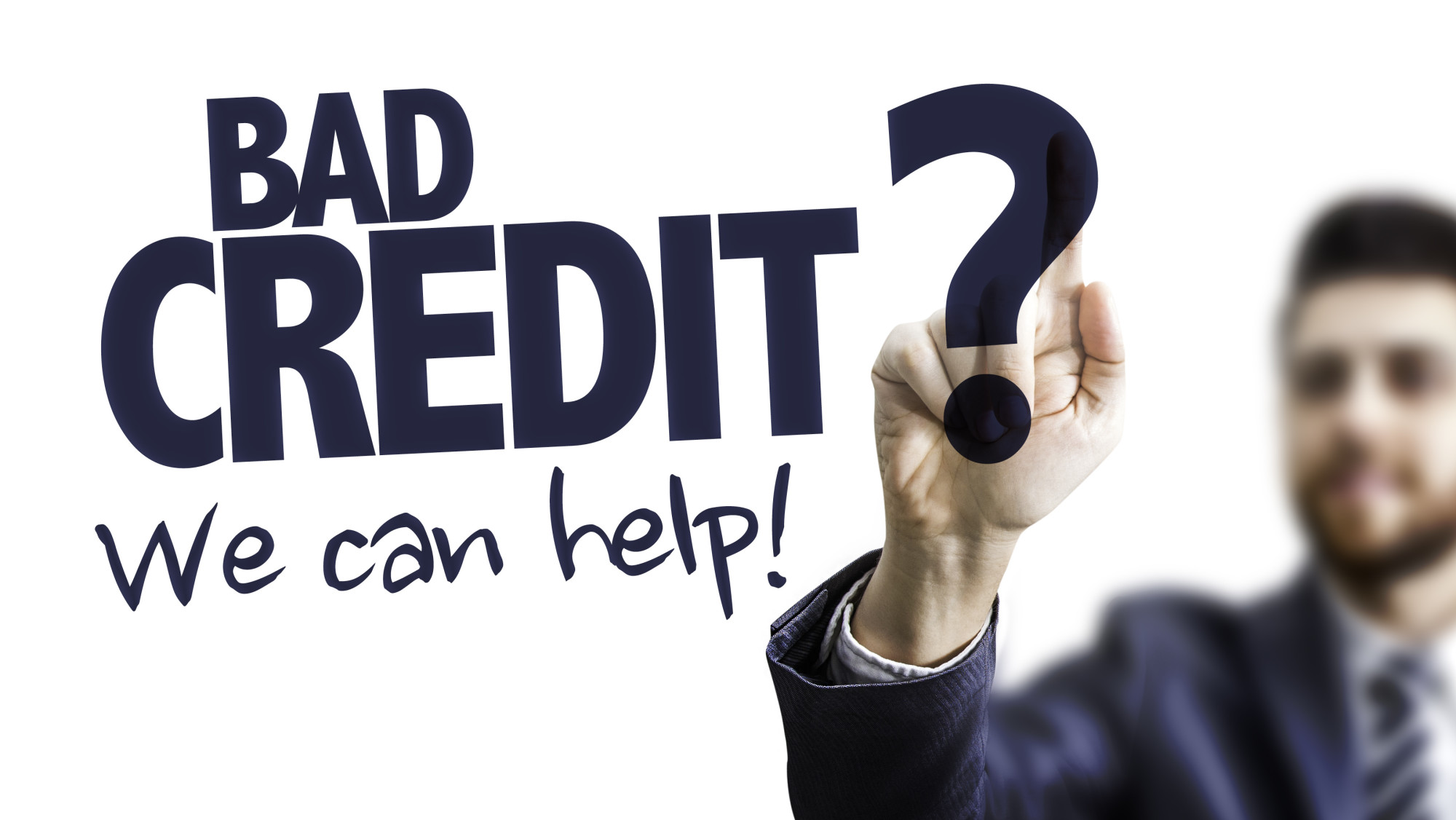Bad credit can be debilitating. It results in higher interest rates, could cost you more in insurance, and it could also prevent you from getting a job. While it may seem hopeless there are ways out, but you’ll need to create a plan and stick with it.
Here are 5 tips for repairing bad credit by yourself.
1. Scour Your Credit Report for Errors
Before you start your bad credit repair, you’ll want to get a free copy of your credit report and make sure there are no errors being reported. Also to make sure you have visibility into every single item that’s being reported. This happens more often than you may realize and even little mistakes can cost you big.
If you run across any mistakes, dispute them with the credit bureaus. You can do this electronically or through the mail.
Aside from the errors, take note of the debt that is yours so you can start taking steps to fix it.
2. Start Paying Your Bills on Time, Every Time
Payment history accounts for 35 percent of your credit score, meaning any late payments have the biggest impact on your score. The best way to fix credit is to start making your payments on time every single month.
A single late payment can plummet your score by as much as 100 points. If you’re having trouble keeping up, keep in mind that an account cannot be reported until it’s 30 days late.
That means if you’re 2 weeks late, or even 28 days late, you’re safe if you can make your payment before the 30-day mark. While you’ll accumulate late fees, it won’t be reported to the credit agencies.
3. Get a Secured Credit Card
While payment history accounts for most of your credit score, your credit utilization comes in at a close second and accounts for 30 percent of your score. A secured card makes it possible for someone with a low credit score to have access to credit, typically by making a deposit onto the card that becomes your available credit.
To increase your credit score, decrease your credit utilization. You’ll want to keep your credit card balance ideally below 10 percent but no higher than 30 percent.
Here’s a tip to follow…find out when your billing date is and pay your card off 5 days before your payment date while leaving a $5 balance on the card. Don’t use your card again until 5 days after the payment date.
Keep this up and you’ll see major improvements in your score over time, as long as you don’t have other negatives cropping up.
4. Don’t Close Old Accounts
If you have old accounts, such as an old credit card account, that is being reported as positive, don’t close it. The longer your credit history the better. By closing accounts that are in good standing, you risk lowering your credit score by shortening your credit history.
When it comes to credit score repair it’s essential to keep those old, positive accounts.
5. Keep Inquiries to a Minimum
Did you know that shopping around for credit can hurt you? It’s true. These show up as hard inquiries on your credit report and account for 10 percent of your credit score.
So before you go looking for credit cards do some research beforehand and know which ones you’re most likely to qualify for. This goes for personal loans as well.
It’s certainly possible to get a personal loan with bad credit, with companies such as Bonsai Finance, you’ll just want to be careful about accumulating too many inquiries.
Success in Repairing Bad Credit
When you start your credit repair journey it may seem like a long road ahead. But once you start seeing improvements through bad credit repair you’ll be encouraged to keep going. The end result is worth it and you’ll no longer have to worry about paying more for things like loans or your auto insurance.
We hope these tips for repairing bad credit will make the process less daunting. Check out our other blog posts for other tips and tricks for improving your finances.

